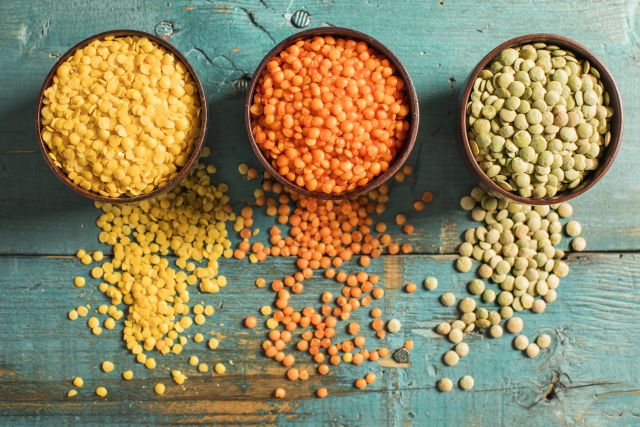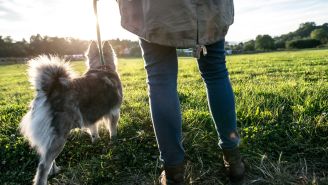Updated on November 17, 2023.
The goal of treating iron-deficiency anemia is to increase the amount of iron in the body. There are several treatment options available that can help achieve this goal. One approach is adding more iron to the diet. However, not all iron found in foods is the same.
- Heme iron is derived from hemoglobin. Red meat, poultry, and seafood are rich in this type of iron.
- Non-heme iron is the other type of dietary iron. It is found in certain plant foods as well as some red meat, poultry, and seafood.
The body can more easily absorb heme iron than non-heme iron, which brings up a question: What if you follow a vegetarian diet? How can you ensure your body is absorbing enough iron when you’re only ingesting the non-heme kind?
The solution lies in choosing foods that are especially rich in non-heme iron—and pairing these with foods and drinks that increase iron absorption. It also means staying away from foods that interfere with iron absorption.
Choosing foods wisely
Many plant-based foods are rich in non-heme iron as well as a variety of other nutrients and beneficial compounds. In addition to helping you get more iron, consuming these foods may benefit your overall health in other ways.
Here are some examples of foods that contain high amounts of non-heme iron per serving:
Lentils. These are a great source of iron, as well as protein and fiber. They also contain other nutrients such as B vitamins (including folate), magnesium, potassium, and zinc. Lentils are wonderful additions to soups, stews, curries, and salads—and they can also be the main star of the dish.
Beans. Many varieties of beans are high in iron, including cannellini beans, lima beans, navy beans, garbanzo beans, and soybeans. Beans are also an excellent source of complex carbohydrates, fiber, folate, potassium, and other plant compounds. Some research even suggests that eating beans on a regular basis may help lower blood pressure, cholesterol, and blood sugar levels. Beans are quite versatile and can be easily incorporated into soups, salads, dips, and more.
Seeds. Pumpkin seeds, chia seeds, sesame seeds, hemp seeds, and flaxseeds are some of the seeds that are richest in iron. In addition to being sprinkled over salads or blended into smoothies, some seeds can be turned into delicious condiments. For example: tahini, a paste made from sesame seeds, is a popular ingredient in Mediterranean dishes. Seeds contain good amounts of plant protein, fiber, calcium, magnesium, zinc, selenium, antioxidants, and other plant compounds. They’re also great sources of omega-3 and omega-6 fatty acids.
Leafy greens. Spinach, collards, kale, chard, dandelion greens, and beet greens are among the leafy greens that are considered to be good sources of non-heme iron. What's more, they're some of the healthiest foods you can eat, period. Leafy greens tend to be high in fiber, as well as many different kinds of vitamins and minerals.
Dried fruit. Certain dried fruits—including raisins, dried apricots, and dried peaches—offer the benefits of iron as well as antioxidants, specifically polyphenols. Polyphenols may be associated with health perks such as improved blood flow and better digestive health. Pack some dried fruit for an on-the-go snack.
Other vegetarian iron-rich options include iron-fortified cereals, potatoes with their skins on, soy products such as tofu and tempeh, and nuts.
Maximizing your iron absorption
Pairing high-iron foods with vitamin C-rich foods and drinks can enhance your body’s ability to absorb the iron you consume. Foods rich in vitamin C include oranges, strawberries, peppers, cabbage, Brussels sprouts, tomatoes, cantaloupes, and pineapples.
Conversely, certain foods and drinks can hinder iron absorption, including caffeinated beverages like coffee and tea. Large amounts of calcium, as well as plant substances like phytates and tannins, can interfere with the body’s absorption of non-heme iron. Be sure to limit or avoid these during meals in which you’re eating foods rich in non-heme iron.






